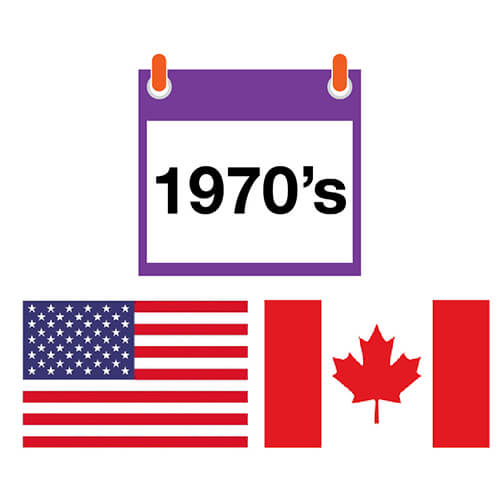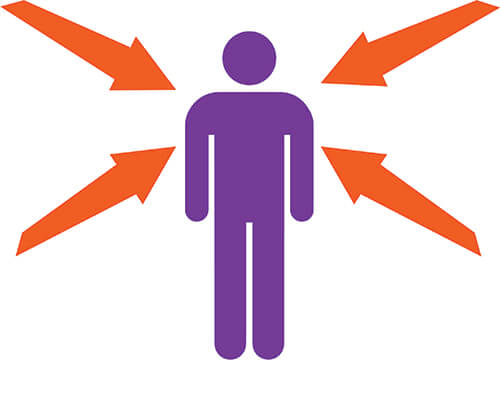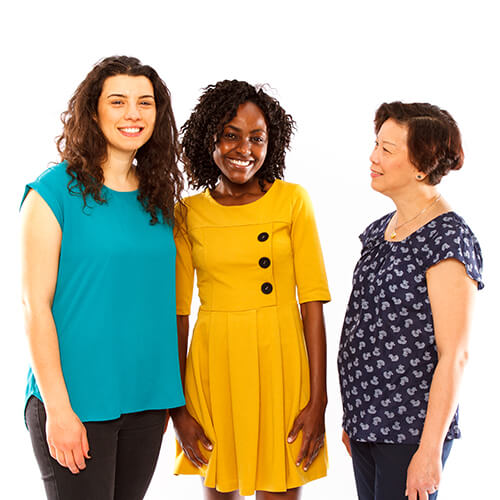John O’Brien and Herb Lovett say Person-centred planning is, “A family of approaches to organising and guiding community change in alliance with people with disabilities and their families and friends.”
There are people who have:
- influenced how we see and understand Person-centred planning
- been passionate in their efforts around Person-centred planning
- provided the leadership needed over many years.
They include John O’Brien, Connie Lyle O’Brien, Marsha Forest, Susan Burke Harrison, Herb Lovett, Beth Mount, Jack Pearpoint, Michael Smull, Judith Snow, Helen Sanderson, Pete Ritchie, and Jack Yates.
The history of Person-centred planning isn’t always known or understood. Person-centred planning has been seen as a fairly ‘new’ way of thinking and planning, however, it started across Canada and the US in the 1970s. A few people had started some specific planning approaches. This led to more interest and workshops being developed to teach others. In the 1980s, governments became interested and asked how it could be made more widely available.
The term ‘Person-centred planning’ became common by 1985. After this, more planning approaches started, including Personal Futures Planning, 24-hour Planning, Individual Service Design, and Getting to Know You.
By 1992, the number of planning approaches had grown to include MAPS, Group Action Planning, Families First Planning, New Hats, Essential Lifestyle Planning, PATH, Whole Life Planning and Personal Histories.
Interest in Person-centred planning has grown a lot in recent years. It now shapes policy and practice within the government and service organisations.
Person-centred planning is at risk of being falsely adopted. This means that people may say they are using Person-centred planning, however, they aren’t including the values, qualities, and elements of person-centred approaches. This makes little difference in the life of the person and ends up benefitting the agency instead.
Person-centred planning doesn’t ignore disability. It focuses on finding abilities in the person, their friends and family, their community, and among service workers. A person’s difficulties are not relevant to the process until it’s clear how the person wants to live. Then this key question needs to answered – “What particular assistance do you need in order to pursue the life that we have envisioned together?” John O’Brien, Connie Lyle O’Brien & Beth Mount, 1997.
Person-centred planning is a way of:

- thinking
- planning.

It started across Canada and the US in the 1970s.

In the 1980s, governments:
- became interested in person-centred planning
- asked how more people could use it.

There is a lot more interest in person-centred planning now.

These days person-centred planning guides:
- what the government and service providers do
- how they do it.
Person-centred planning focuses on finding out:

- who the person is

- who is important to them

- how they want to live their life

- what they can do in their community

- what the person’s community can do for them

- what help people need to live their life.

Watch the video to learn more about person-centred planning.

